We’ve all seen those overflowing trash bins at fast food places, packed with half-eaten burgers and piles of wrappers. It’s more than just an eyesore. It’s a sign of a much bigger problem. Fast food chains create a huge amount of food waste, which hurts the environment and misses chances to do good. But, what if these businesses turned waste into a win for everyone?
The problem isn’t just what customers throw out. A big part of it comes from behind the scenes, for example, inefficient supply chains that lead to making more food than needed. Research by Hans De Steur, an assistant professor in Quantitative Research Methods in socio-economics, and his team point to a practical fix: Value Stream Mapping (VSM). VSM helps fast food chains see how their supply chains work from start to finish, showing where they can cut down on waste. When production is in better sync with actual customer demand, less food goes to waste, and fewer items end up in the trash. The bonus? This saves money on production and disposal costs, which is a big win in an industry where every dollar counts.
But, cutting waste isn’t just about supply chains, it’s also about what happens once the food is served. Research by Postdoctoral Fellows at the Católica Lisbon School of Business & Economics, done by Ana Rita Farias, along with her colleagues shows that packaging and portion sizes make a difference. Smaller, adjustable portions and eco-friendly packaging help keep waste in check. Customers notice when a brand makes an effort to be sustainable, and they often support those brands more. It’s good for the environment and even better for business. People want to feel good about where they spend their money. Picture walking into your favorite fast food place and knowing that every part of your meal, from the burger to the packaging, was designed with the planet in mind. That kind of thoughtfulness can create loyalty that lasts.
Some might say these changes are too expensive or hard to pull off. But, there’s a way to flip that idea on its head. Turn waste into something valuable. Adithya Sridhar’s research shows how food waste can be converted into renewable energy using anaerobic digestion. This process creates biogas, which can power restaurants or be sold, turning trash into cash. Yingqun Ma and her fellows added another layer by showing how food waste can be made into biofuel. This doesn’t just cut down on waste, it also helps fast food chains step up as leaders in renewable energy. These examples show that being green can also mean earning green.
The effects of food waste go beyond the businesses themselves and into the communities around them, especially lower-income areas near waste facilities. These neighborhoods often deal with more pollution and related health issues. By cutting down on waste, fast food chains can take some of the pressure off these places and help create cleaner, healthier living spaces. And it doesn’t stop there, extra food that isn’t sold can be donated to local food banks, helping those in need and cutting down on waste at the same time. This kind of effort makes fast food chains more than just businesses, it makes them better community partners.
Sure, people will always say these changes are unrealistic or too pricey. But fast food chains are at a point where they need to decide: keep adding to the problem or become part of the solution. Yes, it takes investment to start sustainable practices, but the long-term payoffs in savings, stronger customer relationships, and better community ties make it worth investing in a better world. Plus, as more people expect businesses to be eco-friendly and as regulations get stricter, sustainability is becoming less of an option and more of a must.
Fast food chains are at a crossroads. With a fresh approach to managing food waste, they can lead the way and show that even the most waste-heavy industries can change. Sustainable practices aren’t just a passing trend, they’re the future of good business. The time to start is now. Let’s push fast food chains to turn waste into something valuable and make a real difference for the environment, their customers, and the communities they serve, and lastly, me and you.


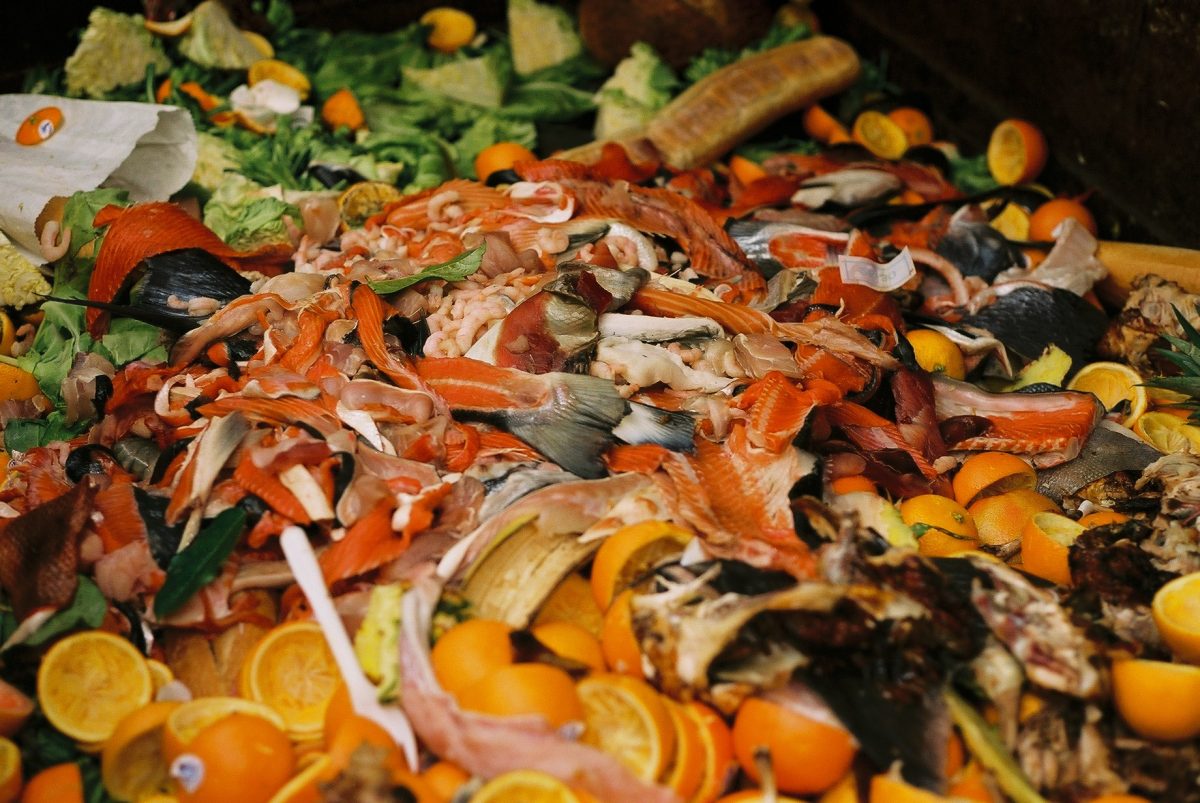
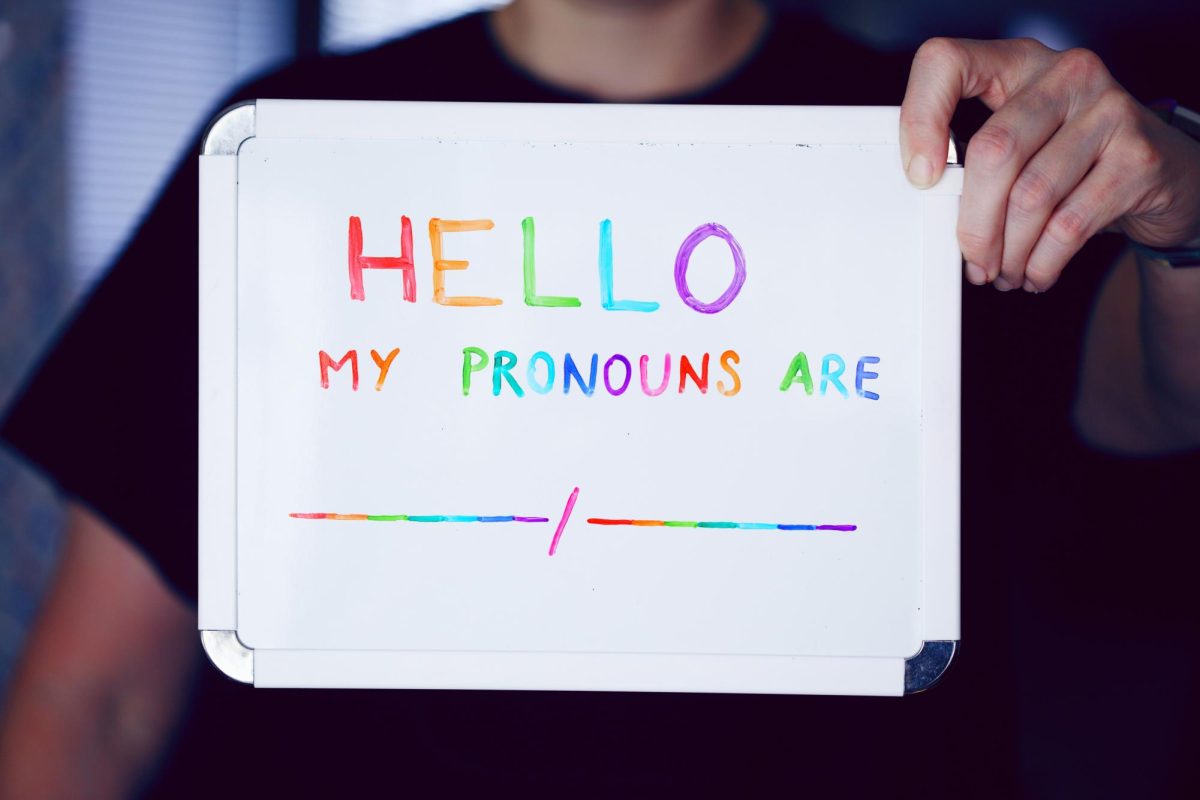
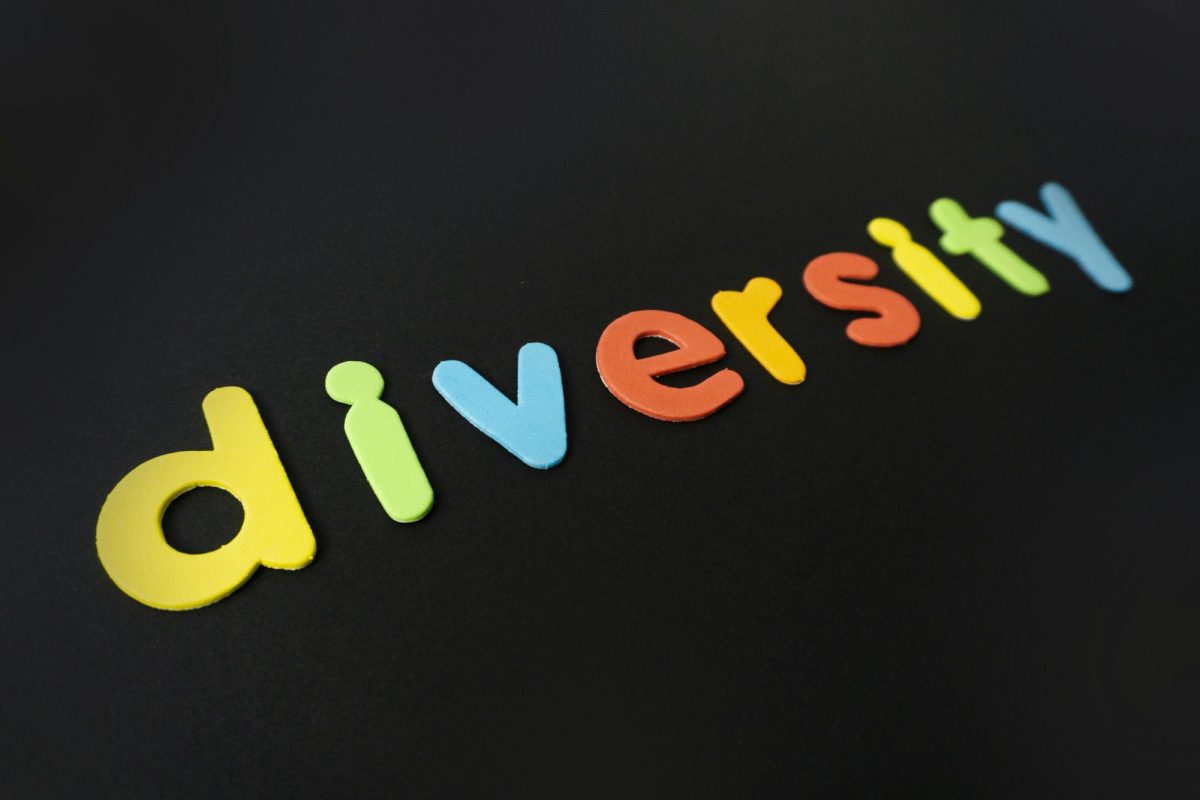





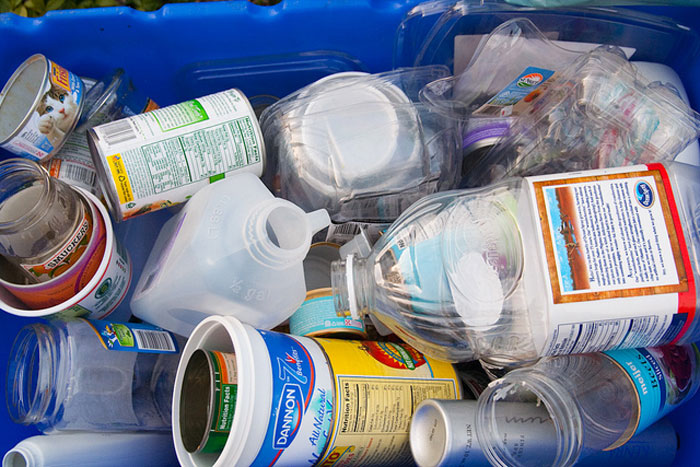

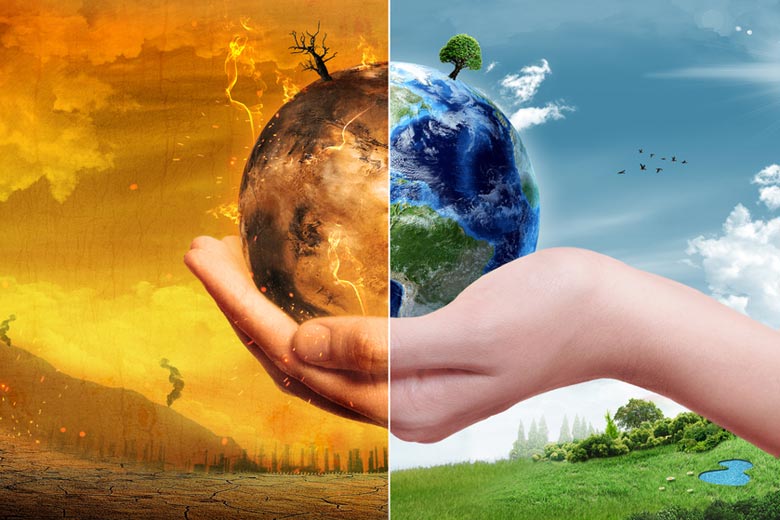
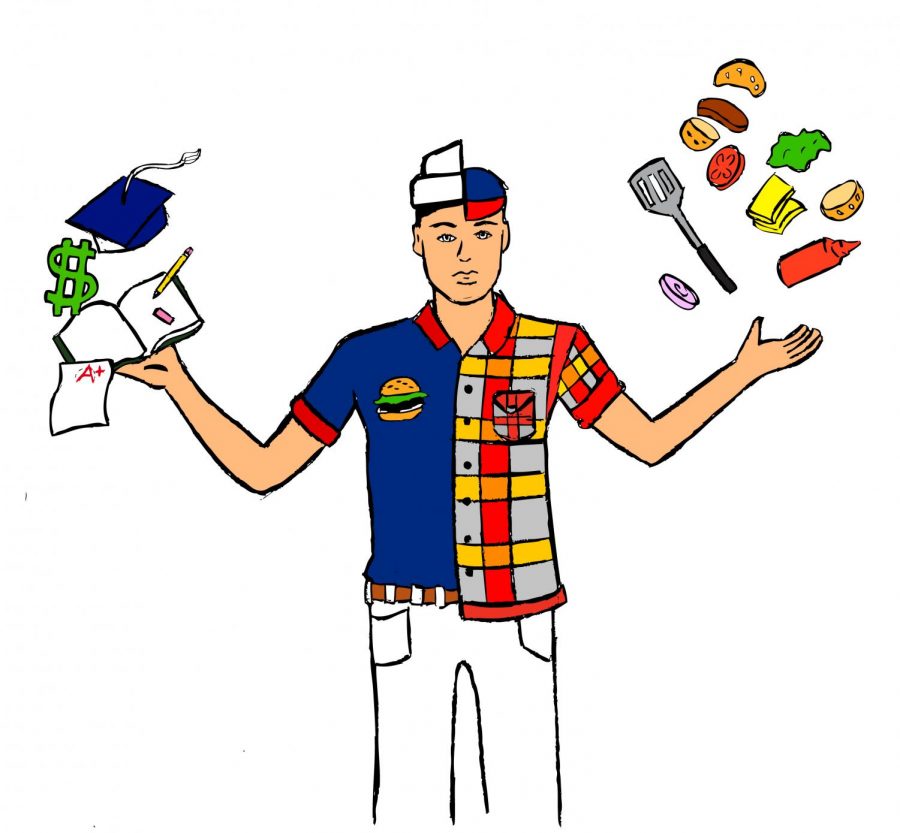


![The Downfall of Taylor Swift: AI, ‘The Life [and Demise] of a Showgirl’](https://comenian.org/wp-content/uploads/2025/10/unnamed-6-1.jpg)
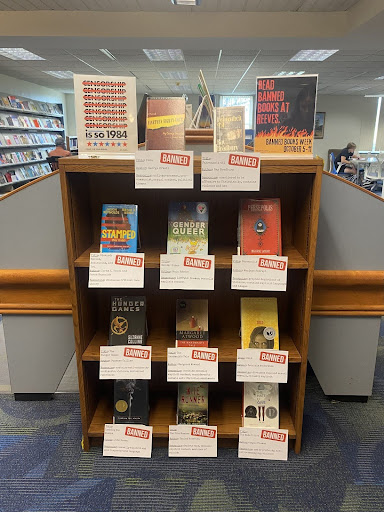


Heba Elfar • Feb 14, 2025 at 2:05 pm
Thank you Mohamed for sharing this great article, hopefully it reaches the goal.